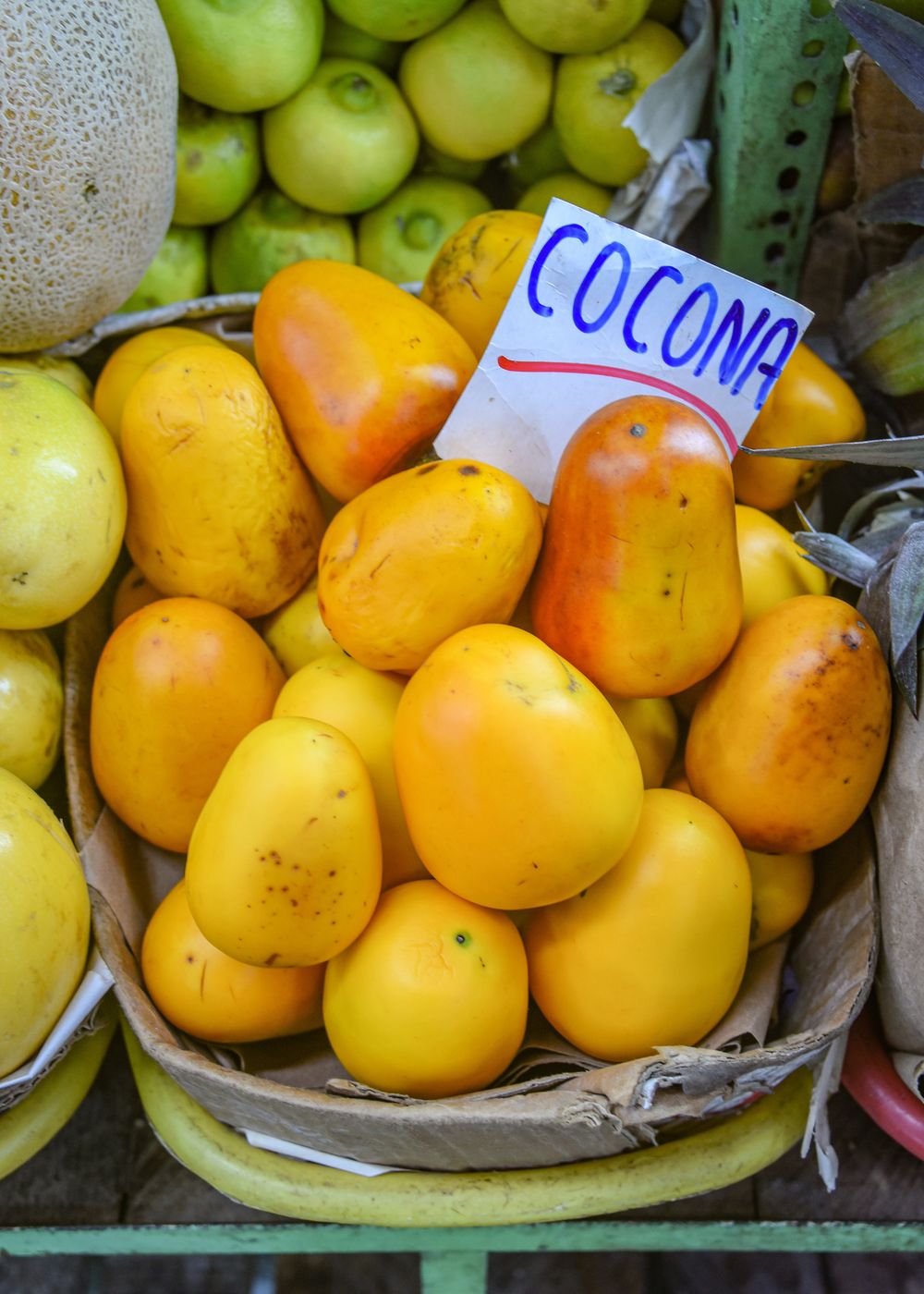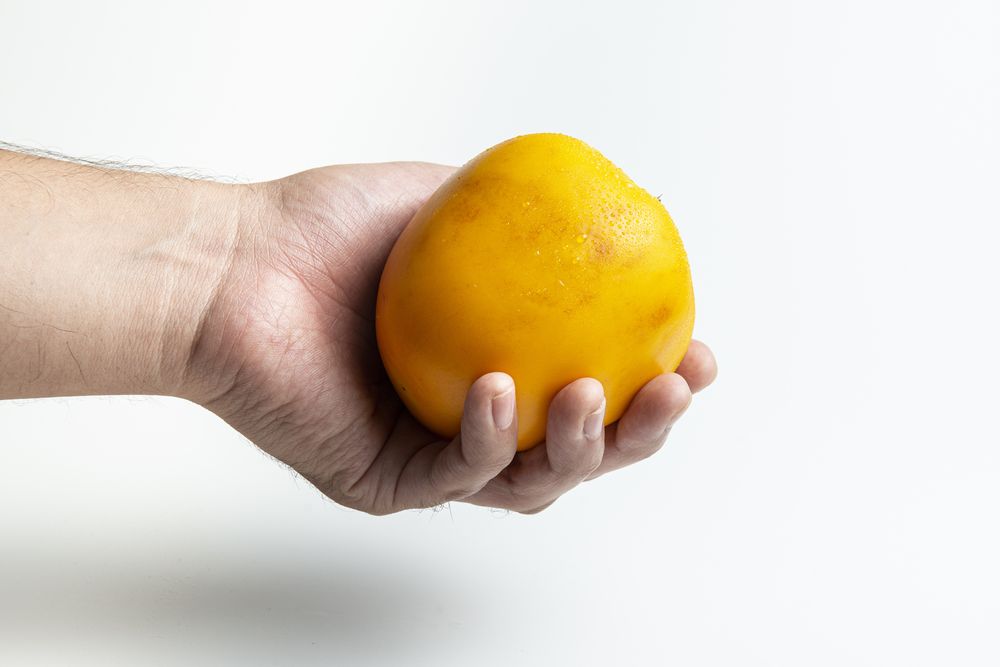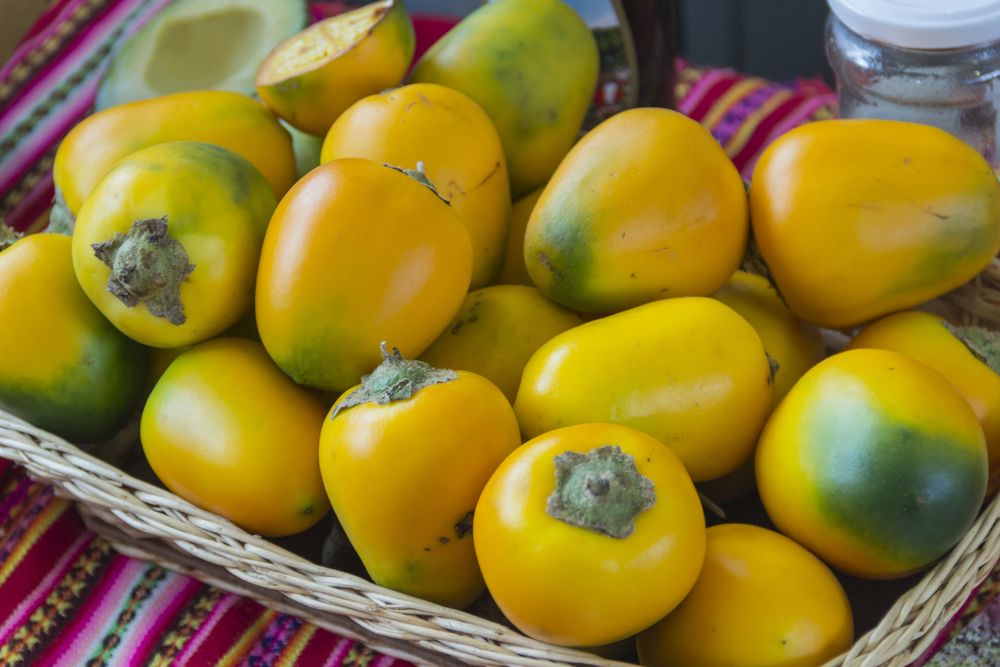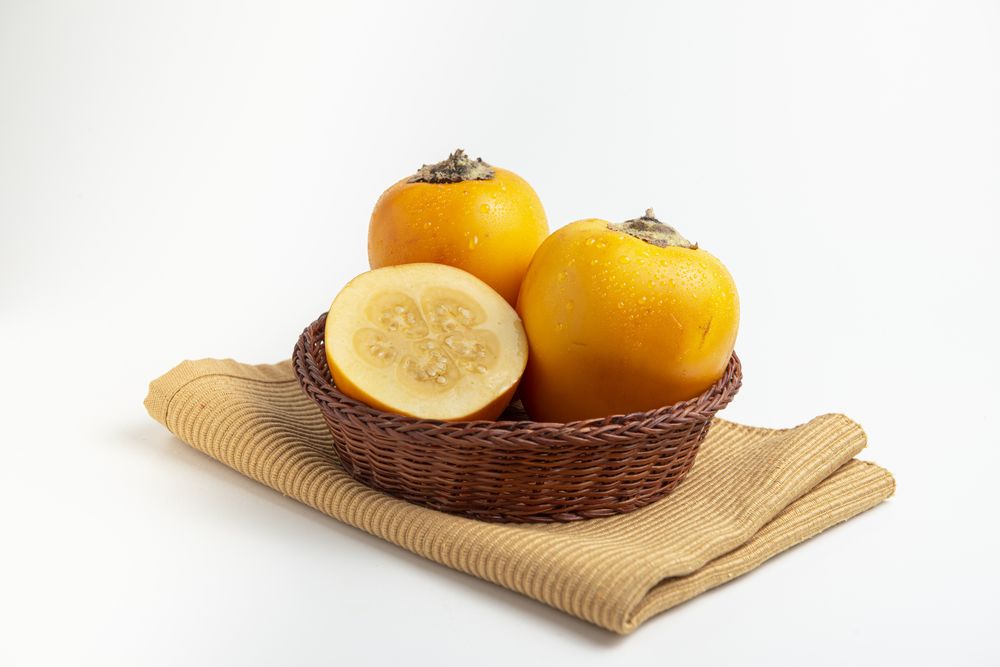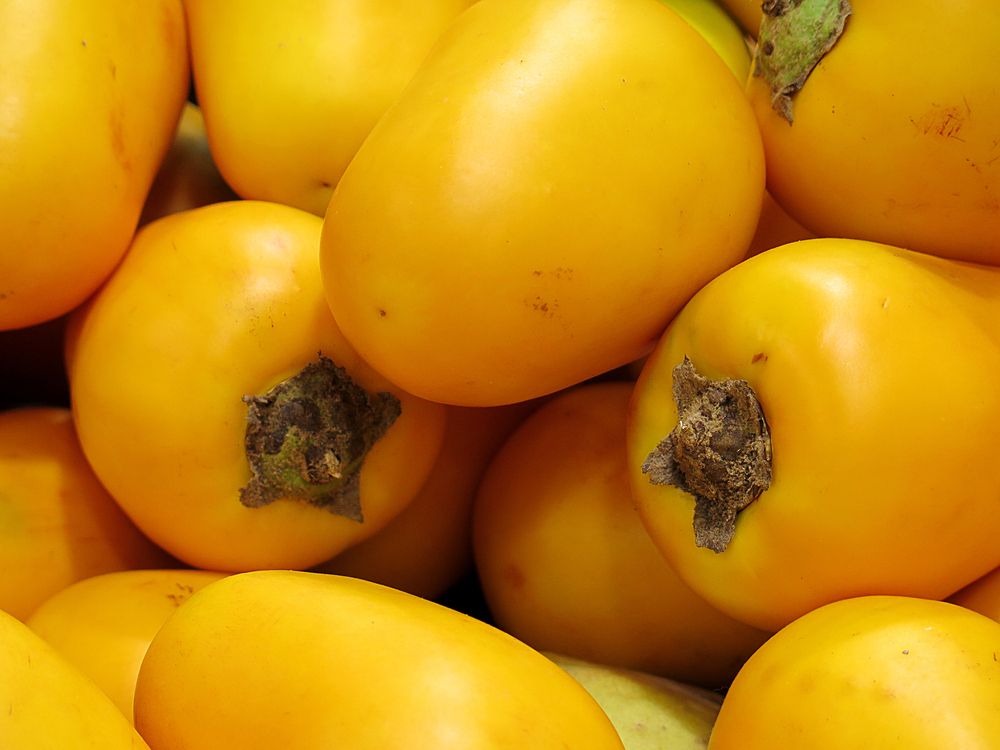Cocona Care – How To Grow And Harvest Cocona
The cocona shrub is a step in the right direction for your tropical garden. Not only does it mean that you’re comfortable with tropical plants, but also that you’re ready to experiment and try out outlandish and exotic fruits that you rarely ever see in the supermarket.
To say that cocona is not your average fruit shrub is putting it mildly. There’s a reason it’s not widely grown commercially. And you only see it on the menu of a select few upscale restaurants and coffee shops in the hip part of the city. Luckily, you’re a gardener and you are not afraid to get your hands dirty as you try out unusual and challenging plants.
You can think of cocona as your next challenge. It’s a botanical adventure that might reward you with delicious and wholesome fruits. But only if you’re patient enough and wouldn’t mind a few disappointments along the way. Read on to find out more about cocona and how to avoid the usual pitfalls of growing this exotic shrub.
All About Cocona
A native of South America, cocona (Solanum sessiliflorum) is a tropical shrub with dense foliage and intricate structure. The average shrub grows to about 6.5 feet tall and about the same width if you allow it. The stems and twigs of the shrub are highly ornamental and are usually covered with fine hairs or down. Some varieties have spines on the stems and branches so caution is required when pruning and harvesting the ripe fruits.
The leaves are dark green with reddish veins. The average leaf grows to about 18 inches long and 15 inches wide. It too is usually covered with fuzzy hair on the upper side with a heavy web of veins on the underside.
As for the flowers, they’re usually 2 inches in diameter and grow in clusters of two. The yellow flowers have 5 petals. After pollination, the fruits develop and grow to about 4 inches long and two inches thick and covered with fuzz like a peach. They could be round, oblong, or conical-oval depending on the variety you grow. By the time they’re ripe the cocona fruits turn a bright yellow, red, or purple-red color and lose all the fuzz. However, some varieties remain pale green even when fully ripe.
The flesh is firm and creamy and surrounds the yellow pulp. It emits an aroma like a ripe tomato but tastes a little tarty like lime. The pulp is packed with small yellow seeds which are edible and have the same taste as the pulp so you’ll hardly notice them.
Cocona Uses
So what can you do with your cocona shrub? The fruits are edible and have a respectable place in South American cuisines. And even if you’re not that adventurous in the kitchen, you can grow the tropical shrub for its ornamental values either indoors or outdoors. Here are some uses of the fruit and the shrub.
- Indigenous tribes in East Peru use cocona fruits as an effective treatment against lice infections.
- The ripe fruit is packed with nutrients and antioxidants including carotene, thiamine, calcium, phosphorus, and niacin.
- You can eat the fruit as a fresh snack after peeling off the skin.
- Blended with other fruits it creates a sweet-tart smoothie and other refreshing beverages.
- Cocona uchu is a spicy condiment made from cocona fruits and Ojo de Pez peppers that gives many Latin foods their distinct flavors and tastes.
- Peel and cut the ripe fruit and mix it with mangoes and soursop to make a delicious fruit salad dish.
- Use the fruits to make jam, jelly, marmalade, and paste.
- If you want to give your marinade a tangy taste, cut one ripe fruit and blend it well before adding it to the marinade.
- Cocona goes well with poultry, fish, beef, and potatoes among other foods.
- To give your dishes a nice spicy flavor, mix cocona paste with parsley, cilantro, and chile peppers.
How to Grow Cocona
It is fair to say that growing cocona is not for the faint of heart. This is a plant that requires a lot of patience and if your goal is to harvest its fruits by the end of the season, well, there’s a good chance you might be disappointed. Most often the cocona adventure will turn into a misadventure especially if you have little experience with tropical plants. For one thing, the seeds of the cocona will take up to 3 or 4 months to germinate. And if you live in a non-tropical zone, you will find that growing this shrub is even more challenging.
- Start the seeds indoors at least three months before the last frost.
- Fill a shallow tray with a seed starting mix.
- Sow one seed in every cell at a quarter-inch depth.
- Cover the seeds with the starting medium without firming it.
- Water immediately to get the mix damp but not overly wet.
- Place a heat mat under the tray and set the temperature to a steady 80 to 90 degrees F.
- Keep the tray in a room away from direct sunlight and drafts.
- Don’t let the starting mix dry out. Sprinkle some water once every other day.
- After about 3 to 4 months, the seeds will germinate.
- If you live in a tropical zone, you can transplant the seedlings to the garden in mid-spring where they will get between 6 to 8 hours of direct sunlight every day.
- In non-tropical zones, you can grow the shrub in a pot and use heat lamps to provide up to 12 hours of light every day.
- Use a 5-gallon pot for a single shrub and fill it with a mix of loamy soil and perlite at a ratio of 2:1.
- Cocona shrubs are self-fertile, so you won’t need to plant more than one shrub.
Cocona Care
As with most shrubs, your cocona will become independent once it establishes. The roots will dig deep into the soil to tap into the moisture and nutrients that other garden plants can’t get to. But that assumes that your garden soil is naturally rich. Otherwise, watering and feeding become part of your regular care routines. Pruning is also important to ensure you get a high yield every year.
Soil
Scarified soil is the best soil for the cocona shrub. Especially if you spread lime all over the tilled surface, mix it with a rake, and let it sit in the sun for a week or so before planting. After selecting the right spot in your garden, break the top 12 inches of the soil, add organic materials and lime. This gives the soil the right acidity for the shrub. Between neutral and slightly acidic makes the soil ready. If you get a reading of 6.0, you’ll know you’ve hit the right pH spot. Make sure the soil is well-draining by adding perlite or coarse sand to clay or heavy soil. If it’s loamy, then you don’t need to amend it.
Temperature and Humidity
As a tropical shrub, the cocona thrives in high temperatures ranging from 64 to 80 degrees F during the spring and summer. It’s not frost hardy so you need to wait until the threat of the last frost is over before you transplant the seedling into the garden. If your winters are too cold or spring is late to warm up, consider planting the shrub in a greenhouse. The spot you choose should be sheltered from strong winds since the large leaves of the cocona are prone to damage.
Humidity should be around 85 percent all year round for the shrub to thrive, bloom, and bear fruits. This is another reason that you should plant it in a greenhouse where you have more control over the temperature and humidity levels.
Watering
If you get decent rainfall in the spring and summer, then you won’t have to worry about irrigating your cocona shrub. As long as the rainfall averages one and a half inches a week, that’s more than enough for this little shrub. Watering only becomes your responsibility if you get dry summers. You could use a drip system to take care of that for you. Otherwise, you’ll have to water the shrub deeply once or twice a week during the peak of summer heat. With the drip system, you’ll need to set it to turn one every day during the spring and summer. If watering manually, then give the shrub at least one and a half inches of water a week. If the soil dries out fast between irrigations, increase the water quota to 2 inches.
Fertilizer
Besides being a thirsty plant, the cocona shrub is a heavy feeder as well. All those broad leaves and juicy fruits need plenty of nutrients regularly. If your soil is sandy or loamy, mix aged manure in large amounts into the soil before planting the seedling. From the spring and until the end of the summer, apply organic compost once every 2 to 3 weeks. If the soil is naturally rich, you can apply the fertilizer once a month. You can replace the compost with commercial fertilizers. Use a custom 10-8-10 NPK fertilizer and apply it once a month at a rate of 2.5 ounces per application.
Pruning
For a small and compact shrub, the cocona doesn’t need much pruning. Its branches are well-behaved and rarely get out of line. But it’s the leaves that can cause ventilation problems. So always remove yellow or damaged leaves especially on the lower branches. This opens pathways for ventilating the inner branches of the shrub. Do the same for damaged, broken, or interlacing branches. Choose the smaller of the two intersecting branches and cut it off. You can also trim the outer branches to give the shrub the shape you like. Pruning should be done in the fall or early in the spring before the first shoots emerge.
Pests and Diseases
Despite being hardy to many pests and wildlife, the cocona shrub is susceptible to root-knot nematodes. These pesky parasites usually stay in the soil for up to 2 or 3 years. So don’t plant the shrub in an infected spot. It’s hard to get rid of the nematodes once they infect the shrub. And the damage they cause to the roots impacts the growth and crop yield of the shrub every year. Eventually, the shrub will stop growing and the harvest dwindles considerably.
Harvesting Cocona
Since the ripe cocona fruit has different colors from orange to red and purple, you will need to rely on other signs to know when the fruit is ready to harvest. All varieties share one thing in common. The fruit is covered with fuzz much like a peach. But when the cocona fruit is ripe, that fuzz either disappears or is easy to remove. Hold one cocona fruit in your hand and try to rub off the fuzz. If it comes off easily, then your harvest is ready.
To pick the ripe cocona fruit, use sharp pruning shears. Hold the fruit in one hand and snip off the stem with the pruners. Collect all the ripe fruits and place them in a dry room to ripen. You cannot eat them fresh off the tree. Rather, allow them about one week after harvesting to become edible. One sign that the fruits are ready for consumption is when the fruit softens and slight wrinkles appear on the skin.
